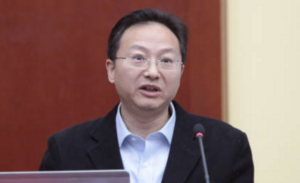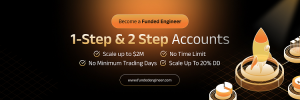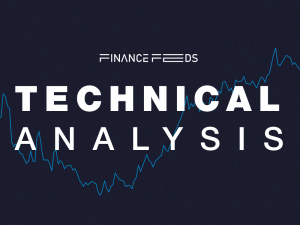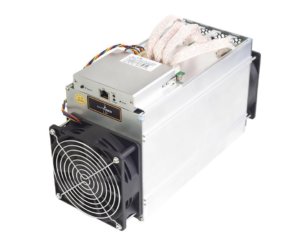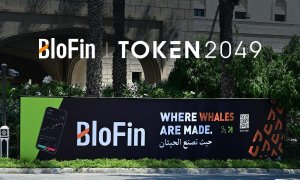DOJ reiterates its claims against ex-Deutsche Bank metals traders
The United States authorities insist that their Indictment as to James Vorley and Cedric Chanu adequately alleges wire fraud.

The lawsuit targeting two former Deutsche Bank AG metals traders – James Vorley and Cedric Chanu, continues at the Illinois Northern District Court, with the United States Department of Justice (DOJ) seeking to reiterate its case against the defendants.
The defendants in this criminal case – James Vorley and Cedric Chanu, are charged together with one count of conspiracy to commit wire fraud affecting a financial institution, and are charged individually with one count each of wire fraud affecting a financial institution.
Vorley was based in London from approximately May 2007 until March 2015, and Chanu was based in London from approximately March 2008 until May 2011 and Singapore from approximately May 2011 until December 2013. The Defendants’ co-conspirator, David Liew – who has already pleaded guilty to a conspiracy that included both a wire fraud object and a spoofing object – was also a Deutsche Bank AG metals trader. Liew was based in Singapore from approximately July 2009 until February 2012.
The Indictment charges that from December 2009 through November 2011, the defendants and Liew engaged in a scheme to defraud other traders on the Commodity Exchange Inc. (COMEX), an exchange run by the Chicago Mercantile Exchange Group, Inc. (CME).
In recent court filings, the DOJ aims to convince the Court to nix the Motion to dismiss by the defendants.
In the documents, the DOJ notes that the Indictment adequately alleges that the defendants placed orders that constituted false or fraudulent “representations” and/or “pretenses” with the intention of inducing other traders into executing transactions with the defendants on the basis of a misleading picture of supply and demand in the precious metals futures market. The Government says it will present evidence at trial that the defendants knew the fraudulent orders carried an implied misrepresentation as to their intent to trade the order, and that the defendants placed the fraudulent orders precisely because the implied misrepresentations they carried could trick other traders.
The Government adds that by placing the fraudulent orders, Vorley, Chanu and Liew “intended to create and communicate false and misleading information regarding supply or demand (i.e., orders they did not intend to execute) in order to deceive other traders,” knowing that their “false and misleading information often caused other traders to buy or to sell futures contracts at prices, quantities, and times that they otherwise would not have because, among other things, such traders reacted to the false and misleading increase in supply or demand.”. The DOJ says it will present evidence at trial proving that the defendants’ knowledge of how their fraudulent orders could trick other traders, was precisely why they placed these fraudulent orders.
The Government argues that the Defendants’ claim that the fraudulent orders could not be false and misleading representations is contrary to the allegations in the Indictment, particularly those regarding the defendants’ fraudulent and manipulative intent in placing the fraudulent orders. The Indictment alleges that the defendants’ fraudulent orders were placed with the intent to create and communicate false and misleading information regarding supply and demand in the market, in order to facilitate trading of the defendants’ primary orders through that deception.
The US authorities also note that the defendants’ claims that the allegedly fraudulent orders were in fact “genuine” and that “the genuineness of supply and demand turns not merely on the trader’s intent, but also on how long the order ultimately remains on the market” miss the mark. The Government concedes that the Indictment acknowledges that the fraudulent orders were capable of being executed, but notes that the Indictment also alleges that the defendants placed the fraudulent orders in the market without any “genuine” intention to trade them.
Thus, the Government concludes, however “fleeting” or long-lived these orders may have been, they were fraudulent because – contrary to the implied representation these orders carried the defendants never intended to execute them but instead intended to use the fraudulent orders to trick other traders into trading against the defendants’ primary orders.

